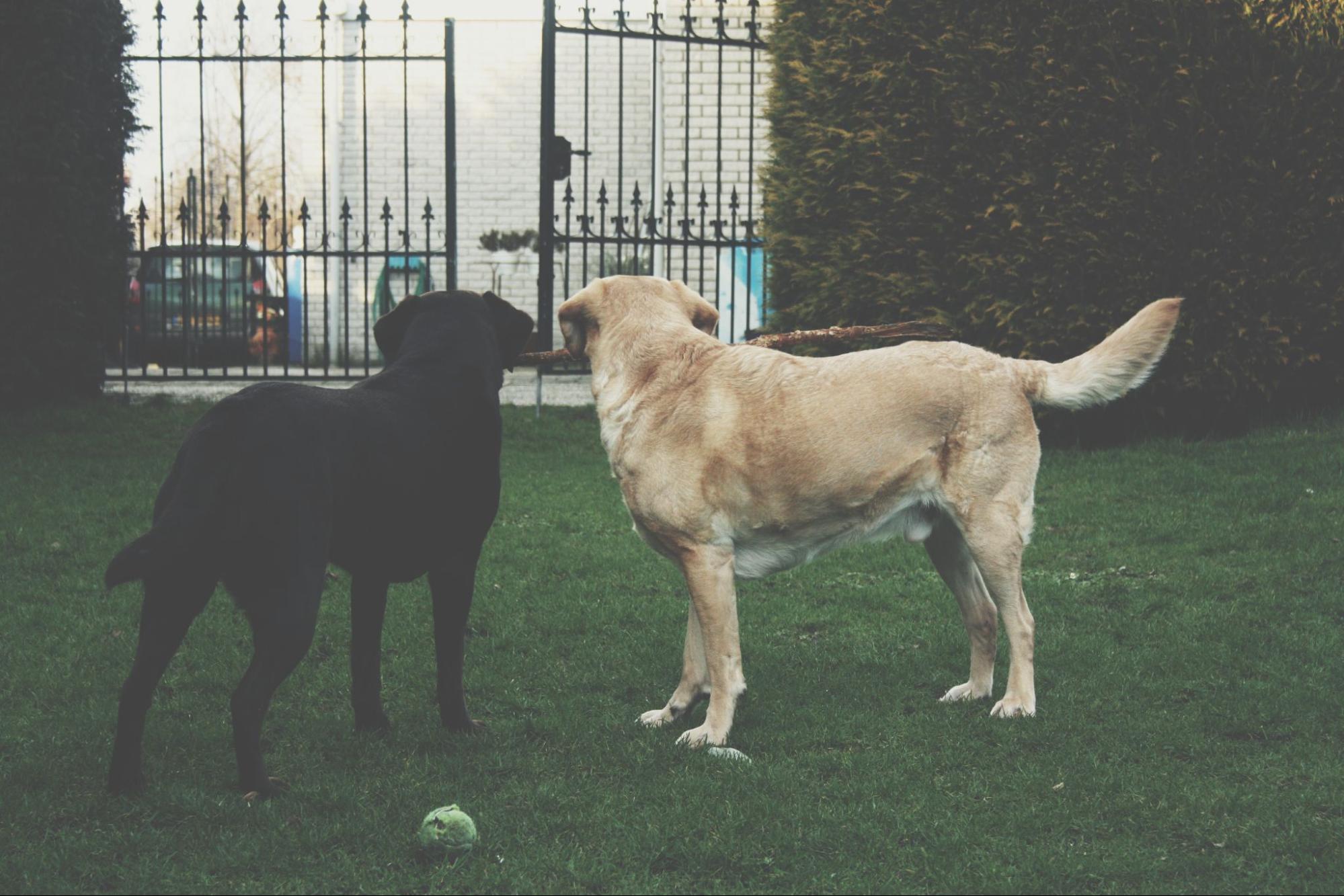How to Stop your Dog from Chewing on Furniture
Are you frustrated with your Labrador’s marking behavior and their tendency to chew on furniture? You’re not alone. In this article, I’ll debunk some common myths surrounding Labrador marking and provide effective strategies to help you put an end to your dog’s destructive chewing habits.
Labrador Retrievers are known for their energetic nature and playful demeanor. However, one of the misconceptions about Labradors is that marking is purely a result of a lack of house training. While proper potty training is essential, marking can also be attributed to territorial instincts or anxiety. Understanding the underlying causes is crucial in addressing the issue effectively.
Now, let’s tackle another myth: that punishing your Labrador will solve the problem. Punishment often leads to fear and anxiety in dogs, which can exacerbate their chewing behavior. Instead, focus on positive reinforcement techniques such as rewarding good behavior and redirecting their attention towards appropriate chew toys.
In the next section of this article, I’ll share practical tips on how to prevent your Labrador from chewing on furniture and provide guidance on choosing suitable chew toys. So if you’re tired of finding your favorite couch in shambles or stepping on chewed-up shoes, keep reading for valuable insights into curbing these unwanted behaviors in your beloved Labrador companion.

Labrador Marking is a Sign of Bad Behavior
Labrador marking, often associated with urination in inappropriate places, is commonly misunderstood as a sign of bad behavior. However, it’s important to debunk this myth and shed light on the true nature of marking behavior in Labradors. Let’s explore the difference between marking and urination, understand the reasons behind Labrador marking, and discover effective training techniques to stop this behavior.
The Difference Between Marking and Urination
Firstly, it’s essential to differentiate between marking and regular urination. While both involve eliminating waste, they serve distinct purposes for dogs. Urinating is a physiological need that helps them eliminate excess fluids from their bodies. On the other hand, marking is a form of communication used by dogs to establish territory boundaries or leave scent messages for other animals.
Marking behaviors are characterized by small amounts of urine being deposited on vertical surfaces such as furniture legs or walls. Unlike regular urination which occurs in larger quantities on horizontal surfaces like grass or pee pads, marking serves as a way for Labradors to communicate their presence and assert their territory.
Understanding the Reasons Behind Labrador Marking
Labrador marking can be influenced by various factors including hormones, anxiety, insecurity, or even excitement. It’s crucial to recognize that this behavior doesn’t necessarily indicate disobedience or deliberate defiance on the part of your furry friend. By understanding the underlying reasons behind Labrador marking, we can address it more effectively.
Hormonal changes during adolescence or intact males may contribute to increased marking tendencies. Insecure dogs might mark as a way to create familiar scents in unfamiliar environments for reassurance. Anxiety induced by changes in routine, new additions to the household (such as another pet or baby), or separation anxiety can also trigger Labrador marking behaviors.
Effective Training Techniques to Stop Labrador Marking
To curb Labrador marking habits effectively without resorting to punishment or scolding, positive reinforcement-based training techniques are highly recommended. Here are a few strategies to consider:
- Establish a consistent routine: Maintaining a consistent schedule for feeding, exercise, and potty breaks can help reduce anxiety and provide your Labrador with a sense of security.
- Proper supervision and confinement: Supervise your Labrador closely when indoors to prevent marking incidents. Utilize crates or baby gates to limit their access to areas where marking has occurred previously.
- Positive reinforcement: Reward your Labrador with treats, praise, and affection when they eliminate in appropriate places like designated outdoor spots. This reinforces the desired behavior while redirecting them away from marking.
- Enrichment activities: Provide mental and physical stimulation through interactive toys, puzzle feeders, and regular exercise sessions. A tired dog is less likely to engage in marking behaviors out of boredom or excess energy.
- Consultation with a professional trainer: If the issue persists or becomes unmanageable, seeking guidance from a professional dog trainer or behaviorist can be invaluable in addressing specific challenges related to Labrador marking.
Remember that patience and consistency are key when modifying any behavioral patterns in dogs. By understanding the reasons behind Labrador marking and implementing effective training techniques, you can guide your furry companion towards more desirable habits while nurturing a strong bond based on trust and communication.